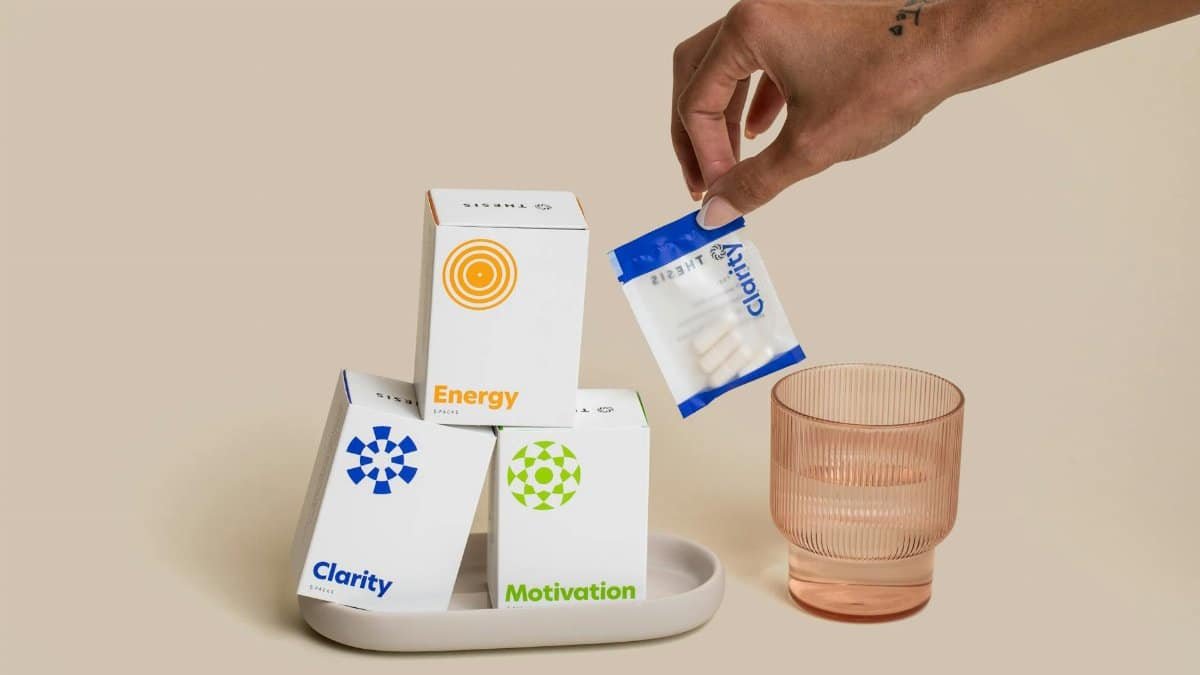New data shows that 68% of Americans dealing with chronic stress have turned to alternative therapies like trauma release for relief, according to a recent Pew Research survey. This surge highlights a growing recognition that unresolved trauma isn’t just emotional baggage—it’s a physical barrier to personal growth. Trauma release, a method to discharge stored tension from the body, is gaining traction as people seek ways to unlock their full potential. From boosting resilience to enhancing clarity, it’s transforming how we approach self-improvement in 2025.
What Exactly is Trauma Release?

Trauma release refers to techniques designed to free the body from the grip of past traumas. Unlike traditional talk therapy, it focuses on physical manifestations, like muscle tension or nervous system overload. Pioneered by experts like Dr. David Berceli, who developed Trauma Release Exercises (TRE), it involves simple movements to trigger natural tremors that shake off stress. This isn’t woo-woo stuff; it’s grounded in how the body stores fight-or-flight responses. In the U.S., with rising mental health awareness, more folks are incorporating it into their routines for tangible results.
The Science Supporting Trauma Release

Research backs up trauma release’s effectiveness. Studies show that trauma gets trapped in the body’s tissues, leading to issues like anxiety or chronic pain. A 2017 study published in the Journal of Traumatic Stress found that participants using body-based release methods reported significant reductions in PTSD symptoms. Scientists at institutions like Harvard Medical School have explored how somatic practices regulate the vagus nerve, promoting calm. For credible insights, check out the U.S. Department of Veterans Affairs PTSD resources, which discuss somatic therapies. Another key source is the National Center for Biotechnology Information on trauma and body-based interventions. In 2025, with ongoing research, expect even more data validating these approaches.
Key Benefits for Personal Growth

Unlocking trauma release can supercharge your potential in surprising ways. Users often report heightened emotional resilience, making it easier to bounce back from setbacks. It clears mental fog, sharpening focus for career or creative pursuits. Physically, it reduces tension that saps energy, leaving you with more vitality for daily challenges. In a fast-paced U.S. job market, where burnout affects millions, this tool helps maintain peak performance. Imagine tackling goals without the weight of old wounds holding you back—it’s a game-changer for self-actualization.
How Trauma Release Boosts Mental Clarity

One standout perk is the boost to mental clarity. Stored trauma clouds judgment, leading to indecision or overreactions. Release techniques discharge this buildup, fostering a calmer mind. Therapists note clients gaining better insight into their behaviors post-session. A 2023 survey by the American Psychological Association revealed that 55% of respondents felt clearer-headed after somatic practices. In 2025, as remote work blurs boundaries, this clarity becomes essential for productivity. It’s not magic; it’s about resetting your nervous system for sharper thinking.
Building Resilience Through Release

Resilience isn’t innate—it’s built, and trauma release accelerates the process. By expelling pent-up stress, you strengthen your ability to handle adversity. Veterans and first responders, groups hit hard by trauma, have adopted these methods with success. Programs like those from the Trauma Resource Institute emphasize rebuilding inner strength. Expect this trend to grow in the U.S., where economic uncertainties demand tougher mental fortitude. Short, consistent practice can turn vulnerability into a superpower, equipping you for life’s curveballs.
Practical Ways to Get Started

Starting trauma release is straightforward. Begin with guided TRE sessions, available online or through certified instructors. Apps and YouTube tutorials offer free entry points. Dedicate 10-15 minutes daily: lie down, perform tension-inducing poses, and let your body tremble naturally. No equipment needed, just commitment. For beginners, consult a professional to avoid overwhelm. In urban areas like New York or Los Angeles, workshops are popping up, reflecting 2025’s wellness boom. Track progress in a journal to see shifts in energy and mood.
Common Challenges and How to Overcome Them

Not everyone sails through trauma release smoothly. Some face emotional floods as old pains surface, or physical discomfort during tremors. Skepticism is another hurdle, especially in a culture favoring quick fixes. Overcome this by starting slow and seeking support groups. Experts recommend pairing it with therapy for best results. Data from the Substance Abuse and Mental Health Services Administration shows integrated approaches yield higher success rates. Address these bumps head-on, and you’ll emerge stronger, ready to tap into untapped potential.
Integrating Trauma Release with Daily Habits

To maximize impact, weave trauma release into everyday life. Combine it with meditation for deeper calm, or yoga for enhanced flexibility. Morning routines work well—release tension before the day ramps up. In the workplace, discreet breathing exercises derived from these methods can manage stress on the fly. U.S. companies are even incorporating wellness programs featuring somatic tools, per a 2024 Gallup poll. This integration fosters sustained growth, turning sporadic practice into a lifestyle that continually unlocks new dimensions of your abilities.
Real-Life Transformations from Users

Stories abound of lives changed by trauma release. Take Lisa M., a Chicago teacher who battled anxiety for years. After six months of TRE, she says, “I feel like I’ve shed a heavy coat—everything’s lighter.” Similarly, tech exec Tom R. credits it for breaking through creative blocks, landing a promotion. These anecdotes mirror broader trends; forums like Reddit’s r/traumarelease buzz with success tales. While individual results vary, the pattern is clear: releasing trauma opens doors to potential once thought inaccessible.
Looking Ahead: Trauma Release in Modern Wellness

As 2025 unfolds, trauma release is poised to mainstream further. With telehealth expanding access, more Americans will experiment. Experts predict integrations with AI-guided apps for personalized sessions. Yet, it’s crucial to approach mindfully, ensuring practices are evidence-based. By embracing this tool, you’re not just healing—you’re evolving. The key? Consistency and openness. In a world craving authenticity, unlocking your potential through trauma release could be the edge you need.
